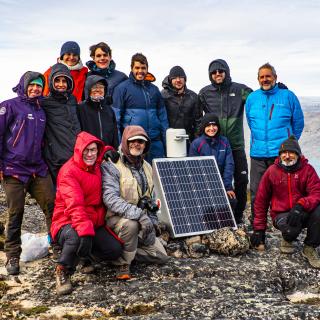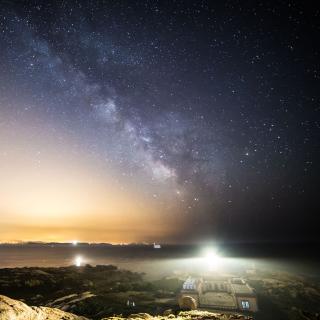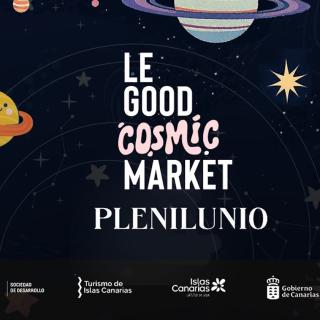The Technical Office for the Protection of the Quality of the Sky (OTPC) of the IAC is collaborating to advise about the implementation of energy efficiency and the reduction of light pollution in the port installations of general interest which belong to the public company Puertos Canarios. Specifically, the IAC has just issued a report which checks out the exterior lighting of the installations of the Port of las Nieves in Agaete (Gran Canaria), and in the coming months expects to carry out suitable tests in the Port of Vueltas in Valle Gran Rey (La Gomera) and the Port of Garachico (Tenerife).
The aim of this collaboration is to help carry out the changes needed in the field of light pollution, and of the related regulations with respect to the care of night sky quality, and of biodiversity, specifically the effects on marine birds and other affected species such as night-time butterflies and bats.
“This collaboration is in line with our continuous wish to make steady improvements in our infrastructures, our integration of ports with their cities,and out commitment to the goal of sustainable ports, respectful with the environment and the biodiversity in our islands in general, and which lives in the surroundings of our ports, in particular”, explains José Gilberto Moreno, the managing director of Canary Ports. “We understand that this collaboration will contribute to the protection of these species, and to the protection of the quality of the night sky, which is the objective of the IAC so as to maintain the condition of astronomical reserve” he says.
First report and recommendations
The Port of Las Nieves in Agaete has been the first port in the Canaries which has received advice about light pollution, especially to favour the protection of the birds which are affected by night-time lighting. As a result of the tests carried out by the OTPC the use of outdoor lighting producing a moderate impact on the environment and in particular the presence of lamps and inclined projectors carrying lamps with temperatures higher than 4000ºK were noted as possible causes of light pollution.

As a result, the report included a set of recommendations, among which are: to avoid the horizontal emission of light, to use lamps with colour temperatures equal to or less than 2700ºK, or warm lighting (including amber lighting for greater environmental protección); and to switch off, or reduce all the lighting by several levels at midnight. A reminder was included that for the months of October and November the greatest possible part of the lighting should be switched off, without reducing the safety of the users and employees of the port, to avoid bad effects on the shearwaters during their first flights.
“The lighting in the areas of port is necessary for the activities carried out there, so that it is difficult to eliminate all light pollutions, but we can work towards the design of installations which minimize its impact” explains Federico de la Paz, the technical head of the OTPC. “This initial report which Canary Ports has asked us to produce is an important step, not only to help reduce the contamination of the Canary skies, which affect our Observatories, but also to favour the protection of many species which have evolved during millions of years to be highly sensitive to natural light” says Javier Díaz, head of Department at the OTPC.
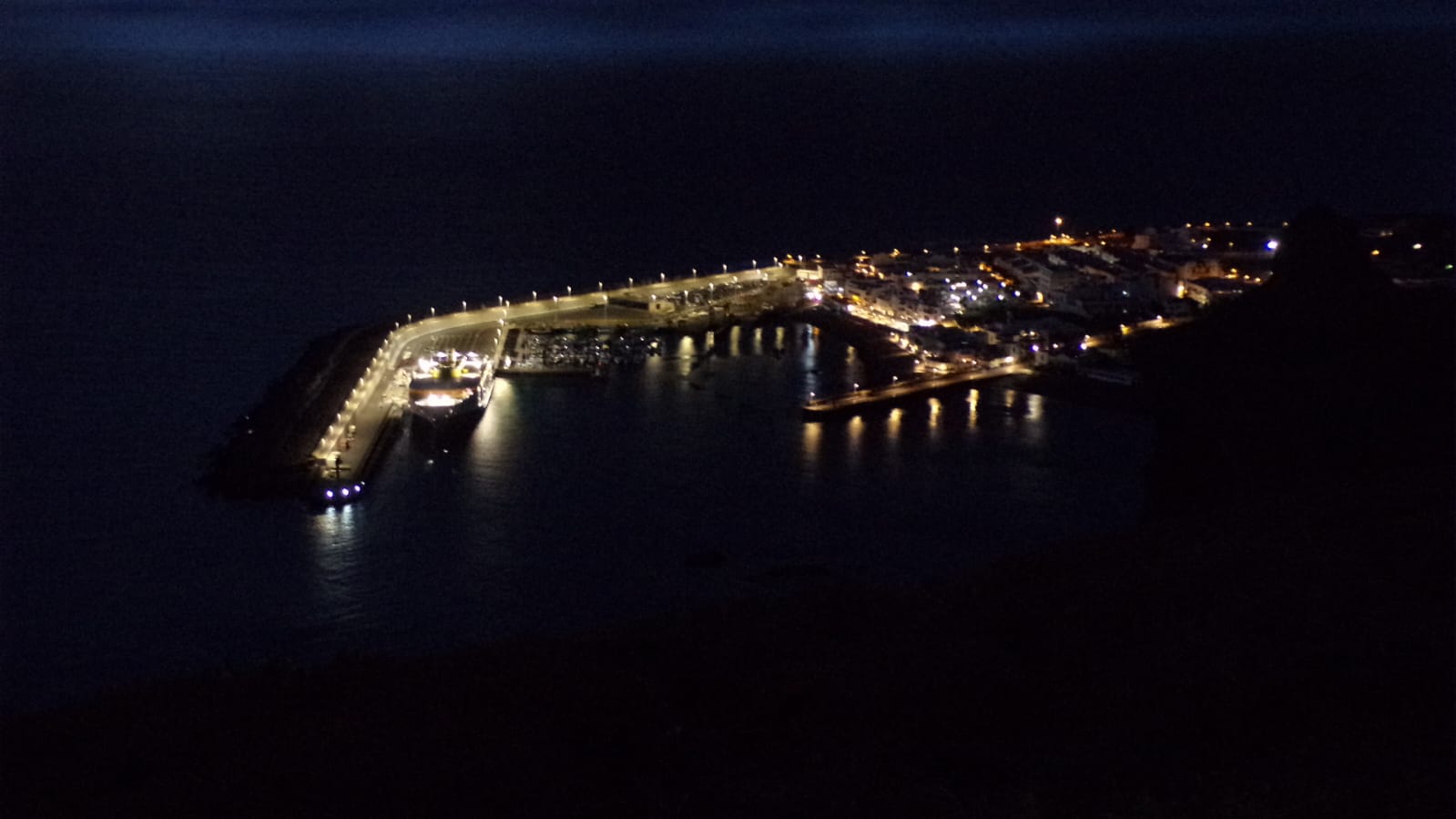
In thanks for the work carried out by the OTPC in reducing light pollution in the Canary skies, and its participation in the project “The First Journey”, for the protection of Cory’s Shearwater, this technical office of the IAC received in December 2023 a distinction from the Area of the Natural environment, Sustainability, Safety and Emergencies of the Cabildo of Tenerife.
En agradecimiento a la labor que realiza la OTPC en la reducción de la contaminación lumínica en los cielos canarios y su participación en la iniciativa “El Primer Viaje” para la protección de la pardela cenicienta y otras aves de las zonas costeras, esta oficina técnica del IAC recibió, en diciembre de 2023, una distinción del Área de Medio Natural, Sostenibilidad, Seguridad y Emergencia del Cabildo de Tenerife.
Effects of light on the environment
Light pollution is not a phenomenon which is produced in the immediate surroudnings of the light source, but of the light which spreads and scatters in the atmosphere and can reach kilometres away from its origin. According to recent research, almost two million square kilometres of coastal oceans in the world are exposed to artificial light during the night, down to a depth of 1 metre. And there are blue tones from certain lamps which can penetrate to much deeper levels in a column of water.
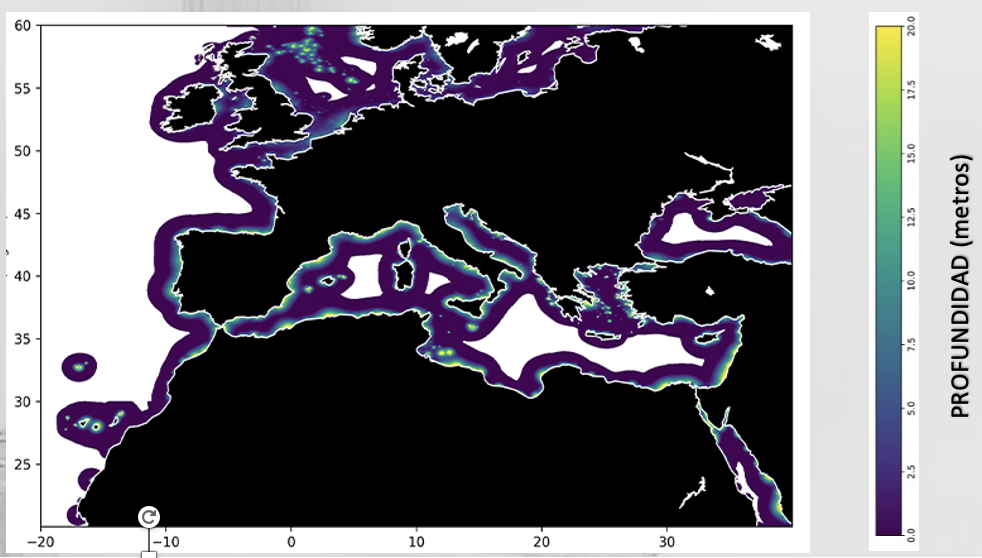
Natural light plays a fundamental role for a wide variety of organisms. Many marine species use it as a clock to regulate the timing of specific events, such as he spawning of corals¡, or they use it as a compas to navigate through their environment and as a guide to migration. For these reasons the artificial light in the surroundings of towns along the coast can produce negative impacts with major effects on the fauna and flora.
This not only affects the process of migration of birds such as the Shearwater in the Canaries, and of other animals such as eels, it also alters the food chain, because the predators cannot hunt without being seen, it modifies the cycles of the rise and fall of marina plankton, and disturbs the life cycles of many insects. In addition, with the flora it changes the process of photosynthesis , causing premature ageing of some species.
Light Pollution days
On September 10th in the Elder Museum of Science and Technology, Las Palmas, there will be a day to raise people’s awareness about light pollution, with the title “The dark side of light” organized by Canary Ports and the Government of the Canaries. During this event experts in this field will share their knowledge and will discuss the consequences of excess , out of control, lighting, and possible solutions to mitigate its effects on natural ecosystems, on human health, and on astronomical observation.
The programme of the event will include participation by Marta Tapia Quesada and Alberto García Santana (Association “Friends of the Shearwaters”) Federico de la Paz Gómez (IAC), Alejandro Sánchez de Miguel (International Dark Sky Association), Buenaventura Hernández Machín (Planetary Night Light Platform), and Yeray Monasterio León (Zerynthia Association) There is a limited number of seats, so to attend you will need to register.
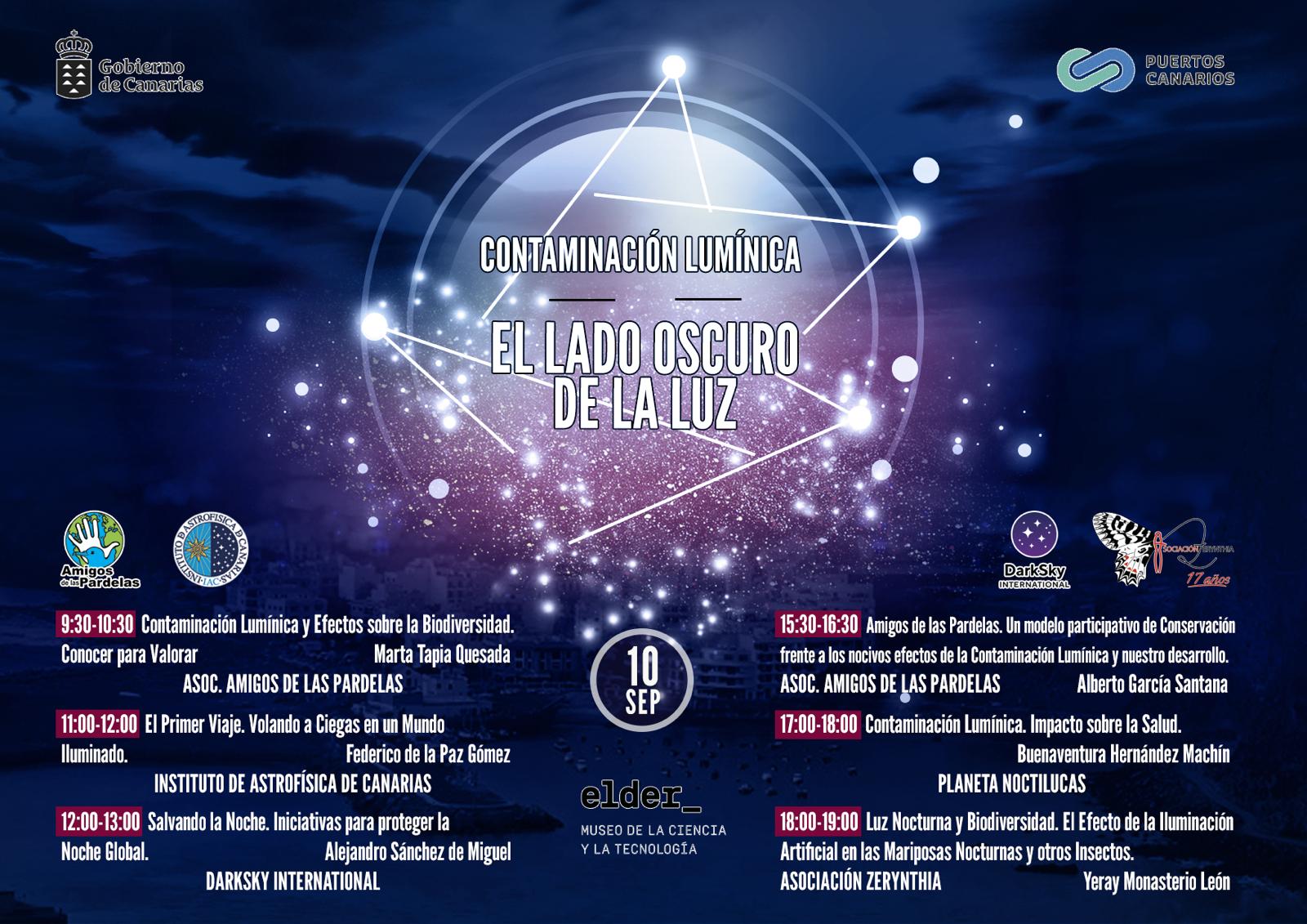
Página de la OTPC
Contacto en el IAC:
otpc [at] iac.es (otpc[at]iac[dot]es)

